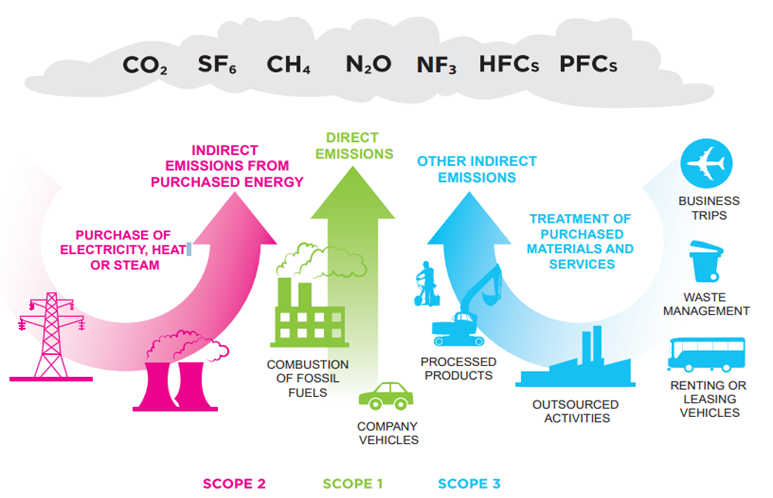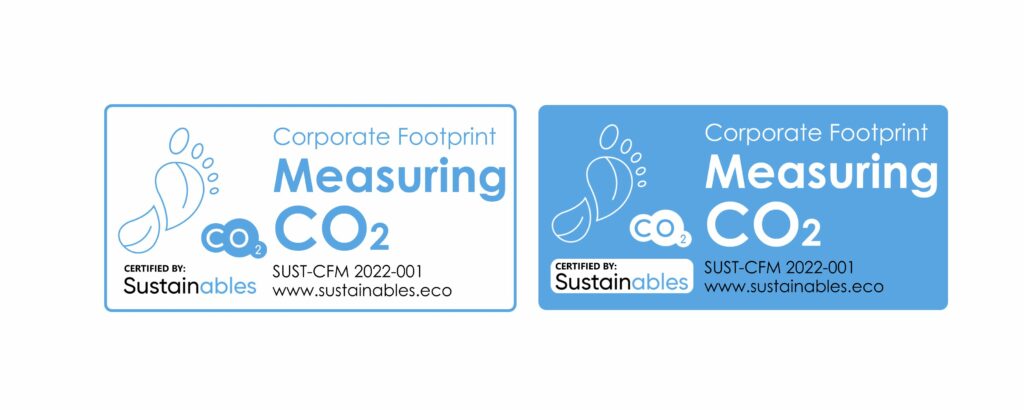Carbon calculations and carbon footprints
On the basis that ‘what gets measured gets managed´ the first step for any carbon management program is to understand the current carbon footprint. This allows your organization to set targets, establish a baseline against which to monitor change and to quantify benefits from better managed emissions.
Many businesses have also found that once they started measuring their emissions they identified ways to do things differently, saving money as well as carbon.

We calculate your carbon footprint based on global standards such as the Greenhouse Gas Protocol and ISO 14064.
Our company can also provide calculation audits for companies that seek independent assurance of their emissions data. Such an assurance statement sets our opinion on the accuracy, completeness and consistency of GHG emissions data reported and is based upon the evidence we would collect.
By measuring your carbon footprint you can:

Cut costs
Identify practical ways to cut costs in company operations

Increase efficiencies
Drive increased materials and energy efficiency

Meet supply chain demands
Meet supply chain environmental demands that major companies require as part of their emission reduction efforts.
Other benefits of measuring carbon footprint are
- Increase your competitive advantages and attract new environmentally aware clients in an increasingly environmentally conscious marketplace
- Increase your image and brand value by proudly promoting your environmental effort to customers
- Meet basic prerequisite for setting an internal or public carbon target and for subsequently measuring and reporting progress.
Our tools cover:
Scope 1 Emissions:
Generation of electricity, heat or steam: these emissions result from combustion of fuels in stationary sources (boilers, furnaces, turbines), physical or chemical processing, transportation of staff in business owned/controlled vehicles (e.g. fleet buses and cars): these emissions result from combustion of fuels, fugitive emissions: these emissions result from intentional or unintentional releases during the use of refrigeration and air conditioning equipment.
Scope 2 Emissions:
Emissions resulting from the generation of purchased electricity that is consumed at owned or controlled equipment or operations.
Scope 3 Emissions:
Relate to all other emissions outside Scope 1 and 2, that accurate data is held for, and is relevant and significant. They are indirect emissions that a business can influence but are not directly under its control, also called upstream and/or downstream emissions. For example, emissions from air travel are not directly released by the business (unless they own the plane) but are included as scope 3 emissions as the plane is emitting GHG.

Certification and labels:
After calculating carbon footprint, we issue to our clients an international certification label. This comes in addition to the final report and a summary certificate in A4 format. You can use this label for marketing purposes and to simplify communication with customers and business partners. The label proves that the company has calculated the carbon footprint in all 3 main scopes.




